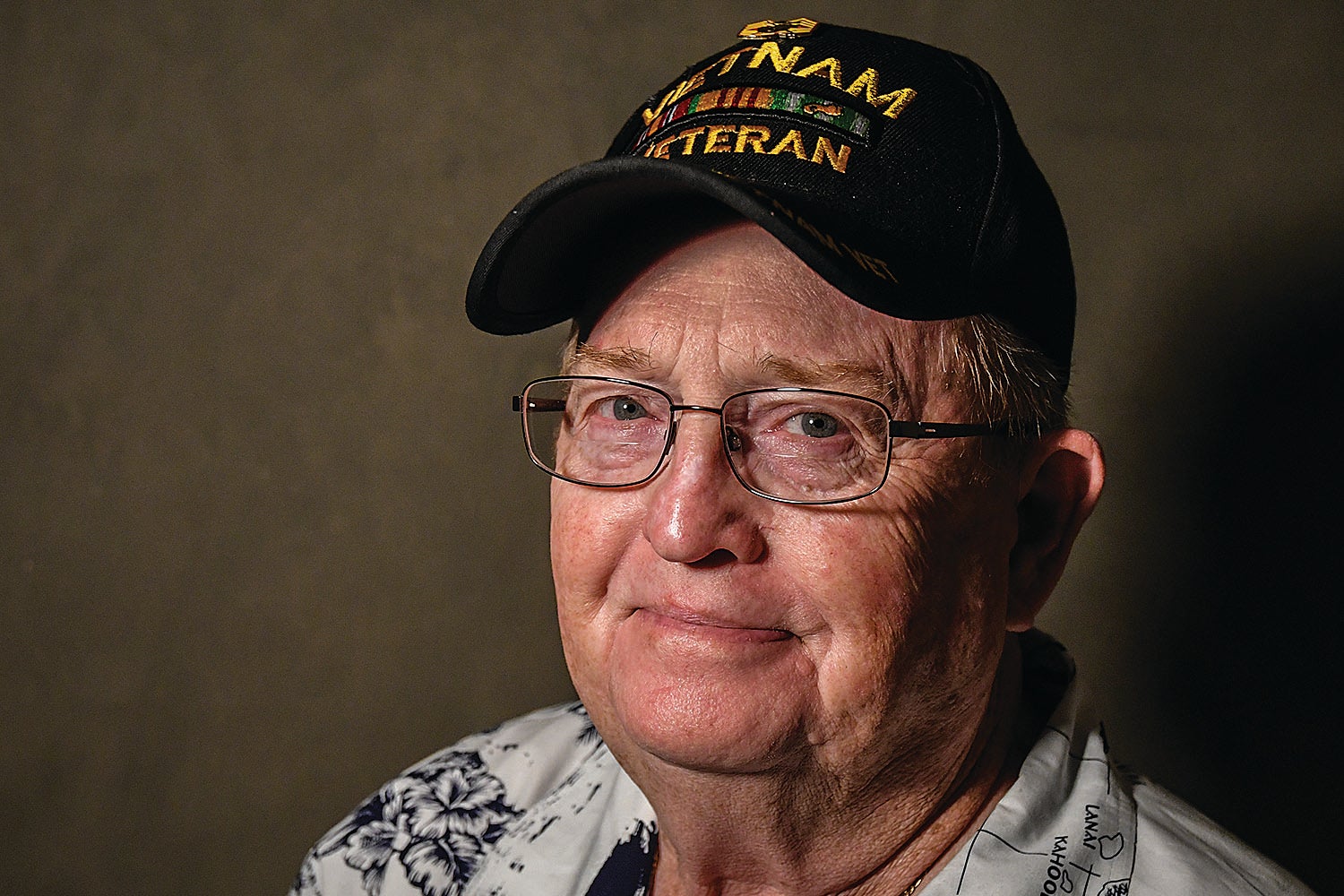We marched for several reasons
Published 1:13 pm Friday, January 27, 2017
By Amy McDowell and Jessie Wilkerson
The Women’s March made its mark as the biggest one-day mobilization in U.S. history. In every locale — whether Oxford, Mississippi, Austin, Texas, or Chicago, Illinois — the turnout exceeded expectations. This movement carries on an American legacy of forging protest to gain a hearing for the socially and politically disenfranchised.
Historian and activist Rebecca Solnit writes that protest makes “history with our feet and with our presence and with our collective voice and vision.” The people that try to keep this “giant” asleep, she continues, are the ones who insist “that popular resistance is ridiculous, pointless, or criminal,” or as some say about the Women’s March, just a bunch of “liberal women” having a “temper tantrum.”
Why march?
The march organizers responded to the outcry of people who rejected the sexist tone and threatening rhetoric of candidate Donald J. Trump throughout the election cycle. They connected Trump’s campaign to the ongoing systems of oppression that affect many communities in the U.S. — immigrants, LGBTQIA, Muslims, survivors of sexual assault, people with disabilities, Native people, and Black and Brown people.
Women marched on Saturday to support ongoing efforts to defend human rights, to build coalitions on issues from workers’ and immigrant rights to environmental justice and reproductive rights. And as an action the march invited more people to fight for the Beloved Community, in which all people can realize their full human potential.
Above all, our message “Women’s rights are human rights, and human rights are women’s rights” echoed around the globe. When we asked women and men living across the country why they marched, this is what they said:
“I marched to mend my hope.”
“I marched because I wanted my children to know that I am not okay (with) bullying as a way of life or treating women like sexual objects.”
“I marched because I have a 15 year-old daughter and a three year-old son with Down syndrome. I don’t see this administration honoring either of them.”
“In the 60s, women couldn’t do my job. In the 70s, they got paid less. In the 80s and 90s, they were harassed at work. I marched because I want our kids to have it better than we did.”
In this march, we physically marked our presence in this democracy. We modeled a more (although imperfect) caring and just world. And we strategized about how to fulfill our promise of love and inclusion as we move forward in and outside of this march.
What next?
More protests are already in planning stages, but beyond marches, we believe it is important that we take daily steps to create the world we envision. To that end, we are joining organizations that are doing the work of justice. We are writing to our state and federal representatives. We are having conversations with our families and friends. We are supporting a free press by subscribing to print magazines and newspapers. And we are supporting one another as we do this work.
Amy McDowell and Jessie Wilkerson
Oxford





